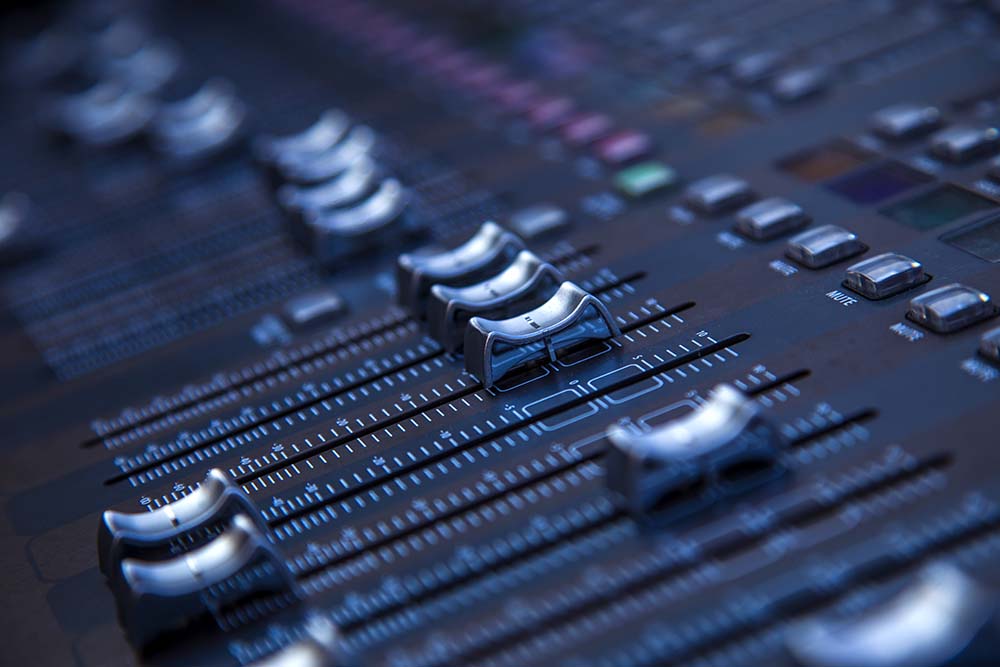Each song's eq may appear best by itself, however if you sequence them together, suddenly one tune sounds too brilliant (or too dull ...). Adjusting the eq can even everything out. Tip # 1: bear in mind that any eq modifications to your stereo mix affect the whole mix - if you wish to cut 3 db at 80Hz since your mix sounds muddy, remember to check how that impacts all the instruments (e.g. the vocal), not simply the bass guitar and kick drum. Suggestion # 2: if you're unsure about an eq choice during mixdown, know that it's much easier to cut lower frequencies in mastering than to improve them, and easier to boost greater frequencies than to cut them. Compression: In mastering, this is used not just to manage a mix or to add character, but likewise to "print" or send as much level to the master as possible without clipping the signal. This can almost seem like a competition for who has the loudest cd (" my record sounded great till I listened on my CD carousel and Green Day was 5 db louder!"). Mastering engineers need to balance level with sonic integrity. Levels: Preferably, a listener can play your record and not have to get up to change the volume. This is dealt with in mastering, after the record has been sequenced. Just then can you really understand how levels associate with each other as one song ends and the next starts.
Spacing & Crossfading.
Spacing: there are different viewpoints as to how one must approach the spaces put in between tunes on a record. Some feel the downbeat of one song must fall at the start of a new bar, in the pace of the previous tune (to continue the flow.) Others believe you ought to prevent this like the plague, due to the fact that it decreases the effect. In the end, do whatever feels right. There is no requirement. Cross-fade your songs if you like, or location six seconds in between them. (2-4 seconds prevails in many popular, non-classical records, however it's up to you.) Final pointer: you may be inclined to master the very same recordings that you blended, whether it is for monetary factors, creative factors, or merely since you can. But we highly recommend Free Type Beat Hip Hop that you get somebody else to master your job. The objectivity and fresh ears they give the table inevitably result in a stronger, more cohesive album.
Common locations of issue for a mastering engineer are: equalization (eq), compression, levels (volume) relative from one tune to the next, and spacing in between songs. Or you may have ten songs blended by 3 various engineers in five different studios.
Each tune's eq might appear perfect by itself, but if you sequence them together, all of a sudden one tune sounds too bright (or too dull ...). Suggestion # 1: keep in mind that any eq modifications to your stereo mix impact the entire mix - if you want to cut 3 db at 80Hz because your mix sounds muddy, remember to inspect how that impacts all the instruments (e.g. the vocal), not simply the bass guitar and kick drum. Compression: In mastering, this is utilized not just to control a mix or to include character, however likewise to "print" or send out as much level to the master as possible without clipping the signal.
